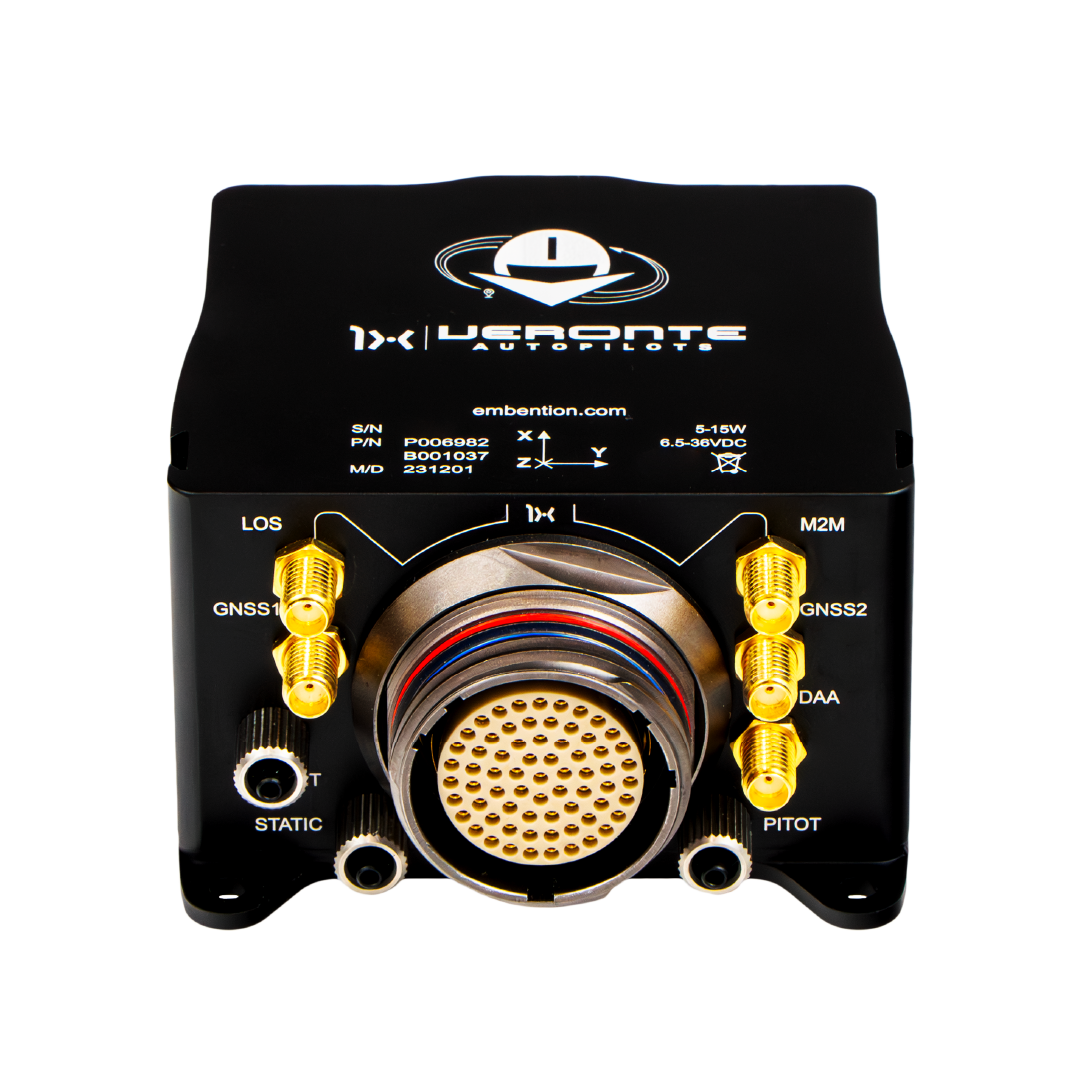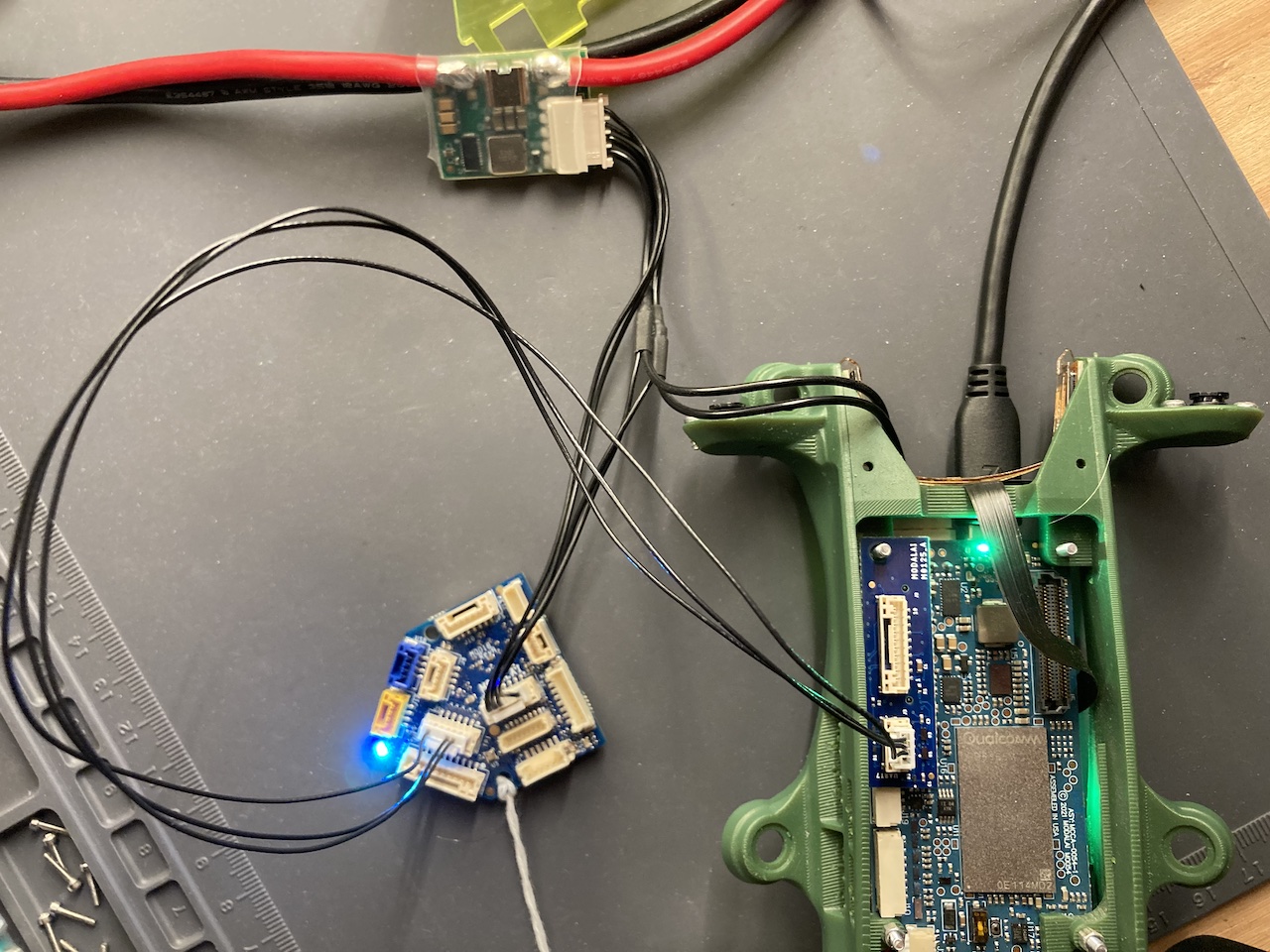SparkNavi Drone Flight Controller and GNSS/INS Made in Taiwan: Accuracy and Development
SparkNavi Drone Flight Controller and GNSS/INS Made in Taiwan: Accuracy and Development
Blog Article
Exploring the Duty of Drone Trip Controllers in Enhancing Trip Stability and Navigating Performance
The improvement of drone modern technology has significantly enhanced the importance of trip controllers, which serve as the brain of these airborne vehicles. By integrating real-time data from a range of sensing units, trip controllers improve flight security and navigating performance, ensuring that drones can operate smoothly even in complex settings.

Comprehending Trip Controllers
Trip controllers are essential components in the functioning of drones, functioning as the brains that take care of and stabilize flight procedures. These innovative gadgets process information from numerous sensing units, including accelerometers, gyroscopes, and GPS, to guarantee that the drone keeps its intended flight path. The flight controller interprets this information and carries out commands based on pre-defined formulas, allowing the drone to react to ecological adjustments, such as wind or challenges.
The primary function of a trip controller is to preserve security throughout trip. It accomplishes this by making real-time adjustments to the drone's motors and control surfaces, guaranteeing balance and control. Additionally, modern-day trip controllers integrate advanced functions such as waypoint navigation, permitting for automated trip courses and improved operational performance.
Recognizing the design of flight controllers is crucial for both hobbyists and professionals. As innovation breakthroughs, trip controllers have actually come to be extra portable and capable, incorporating synthetic knowledge to improve decision-making procedures and adapt to complex flight situations.
Key Elements of Trip Stability
Accomplishing optimal trip security in drones depends on a number of key components that work in concert to guarantee controlled and smooth procedures. Central to this stability is the trip controller itself, which processes information from numerous sensors to preserve the wanted trip attitude. This consists of accelerometers and gyroscopes that gauge activity and orientation, permitting real-time modifications to the drone's setting.
One more important element is the electronic rate controllers (ESCs), which control the power provided to the electric motors. By finely tuning electric motor speeds in action to flight controller commands, ESCs aid maintain balance and counteract disruptions brought on by wind or sudden activities.
In addition, the design of the drone's structure plays a crucial role in trip security. A well-structured frame decreases vibrations and improves the general wind resistant account, adding to smoother flight attributes. The combination of sophisticated formulas within the flight controller help in predictive changes, making sure a versatile and responsive trip experience.
With each other, these components develop a natural system that improves a drone's security, enabling accurate maneuvering and enhanced efficiency in numerous flight problems.
Navigation Performance Strategies
Effectiveness in navigating is essential for maximizing drone operations, specifically in complicated settings. Efficient navigating methods enhance the ability of drones to go across tough surfaces and prevent obstacles, thereby boosting functional performance and safety and security.
One popular strategy is the implementation of sophisticated GPS and inertial measurement units (IMUs) that supply exact location monitoring and alignment information. These technologies enable drones to calculate optimal trip paths in real-time, taking right into account various variables such as wind conditions and prospective challenges.
One more technique includes making use of algorithms for course planning and optimization. Formulas such as A * and Dijkstra's formula can be released to figure out one of the most reliable route while reducing energy intake and flight time. Moreover, incorporating equipment understanding versions can make it possible for drones to adaptively learn from their settings, improving navigation capabilities with experience.

Effect On Autonomous Drones
The integration of sophisticated navigation techniques has actually greatly changed the abilities of self-governing drones, allowing them to run with higher freedom and accuracy. SparkNavi drone flight controller and GNSS/INS made in taiwan. These enhancements are mostly connected to innovative trip controllers that utilize real-time data handling and sensor blend, enabling drones to navigate intricate environments effortlessly
The influence on independent drones prolongs past simple navigation; it encompasses boosted challenge avoidance, boosted security throughout vibrant problems, and enhanced objective dependability. By leveraging algorithms that include artificial intelligence and synthetic intelligence, drones can adjust to altering conditions, making informed decisions that enhance their trip courses while reducing risks.
Additionally, the implementation of durable flight controllers has assisted in the implementation of intricate tasks, such as airborne assessments, shipment solutions, and agricultural surveillance, with very little human treatment. This capacity not just streamlines operations yet also minimizes human mistake, therefore boosting general security.
Consequently, the functional scope of independent drones has actually increased substantially, making them vital tools in numerous industries. Their capacity to do efficiently in diverse circumstances emphasizes the crucial duty that progressed flight controllers play in shaping the future of unmanned aerial systems.
Future Trends in Trip Control
Regularly, developments in trip control technology are poised to redefine the landscape of drone operations in the coming years. Emerging patterns indicate a substantial change towards improved expert system (AI) assimilation, allowing trip controllers to process real-time data a lot more efficiently. This development will certainly assist in improved decision-making abilities, enabling drones to adjust to dynamic environmental conditions this content autonomously.
Furthermore, the implementation of machine knowing formulas is anticipated to enhance predictive upkeep, thus decreasing downtime and extending the lifecycle of drone elements. This aggressive approach to upkeep will be vital as drone applications expand throughout various industries, from agriculture to logistics.

.jpg)
Finally, advancements in safe and secure interaction procedures will certainly deal with safety and security and regulatory concerns, ensuring that drones can operate flawlessly in congested airspaces (SparkNavi drone flight controller and GNSS/INS made in Homepage taiwan). Jointly, these fads aim towards a future where flight control systems are not only smarter and much more likewise qualified however effective of running safely in a significantly integrated airspace
Verdict
In final thought, drone flight controllers are indispensable to improving trip stability and navigating performance through the advanced processing of sensing unit information. By preserving optimum flight mindsets and using innovative algorithms for course optimization and barrier evasion, these controllers considerably contribute to the freedom and functional safety and security of drones. As technology continues to evolve, even more developments in flight control systems are prepared for, guaranteeing improved efficiency and expanded abilities in the world of unmanned airborne automobiles.
By integrating real-time data from a selection of sensors, flight controllers boost flight security and navigation efficiency, guaranteeing that drones can operate efficiently also in intricate settings.Trip controllers are essential components in the performance of drones, serving as the brains that handle and maintain trip procedures. In addition, modern-day trip controllers include innovative features such as waypoint navigation, permitting for automated trip paths and improved functional over at this website performance.
Central to this security is the flight controller itself, which processes data from different sensors to preserve the preferred flight attitude.In final thought, drone trip controllers are indispensable to boosting flight security and navigating performance through the innovative processing of sensing unit information.
Report this page